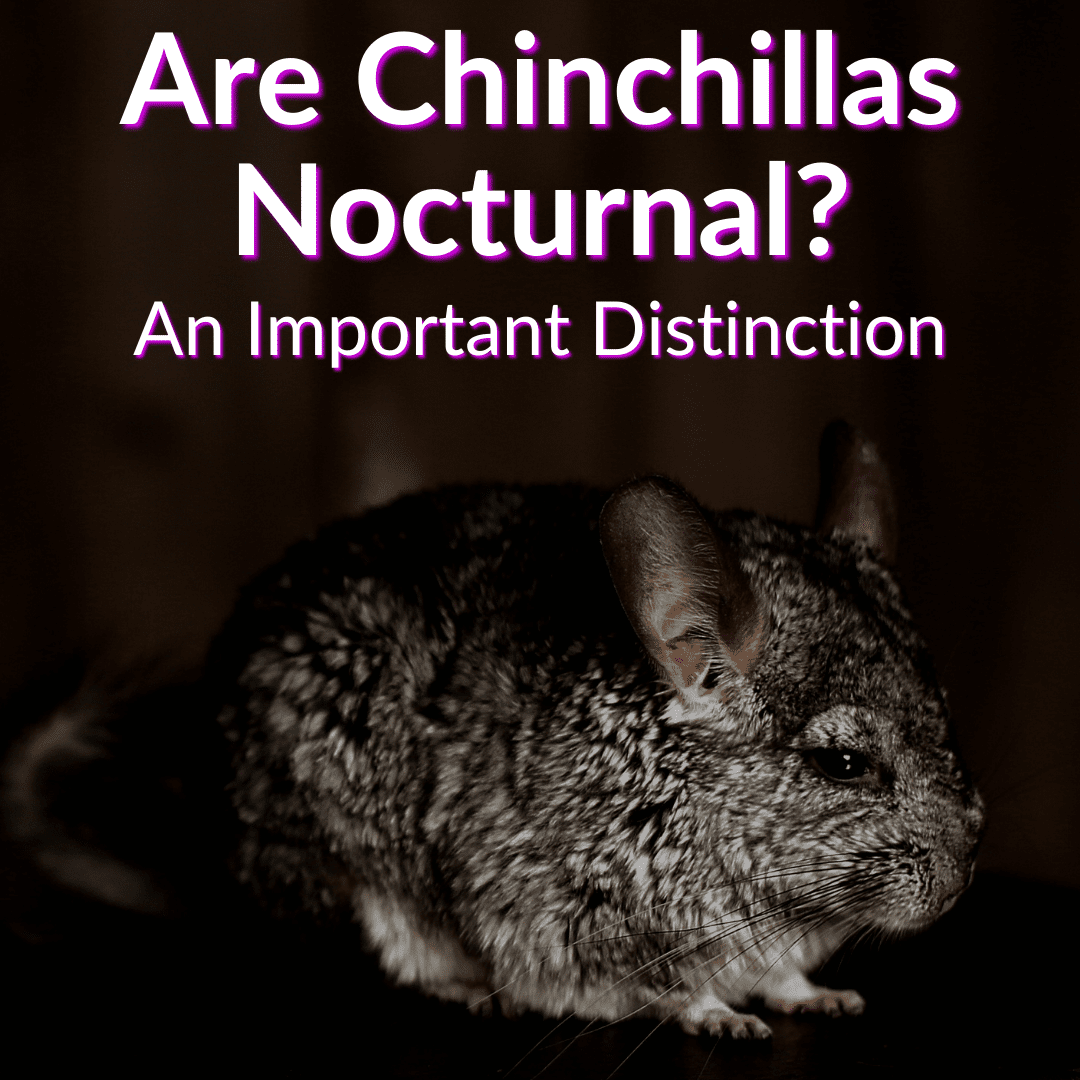
And many rodents are nocturnal.
That is why this question is so common.
And it’s important, too.
Keeping a nocturnal pet could mean needing to cater to its natural rhythm.
You might need to feed it at night, give it time to play at night, and so on.
But don’t let that worry you. None of that is the case with chinchillas, for a number of reasons.
We’ll cover all of that below, right after we answer the primary question at hand.
Are Chinchillas Nocturnal?
No, chinchillas are not nocturnal. Chinchillas are crepuscular. This means they are most active at dusk and at dawn.
Yep, unfortunately, that’s the way it is with chinchillas.
Don’t worry, it really doesn’t have a significant impact on how you raise a chinchilla or on chinchilla ownership in general.
Chinchillas also adapt to their environment quickly.
This means that they can grow to recognize, and become accustomed to, your schedule relatively quickly.
And if you were certain they were nocturnal, don’t feel bad. This is a common misconception about chinchillas.
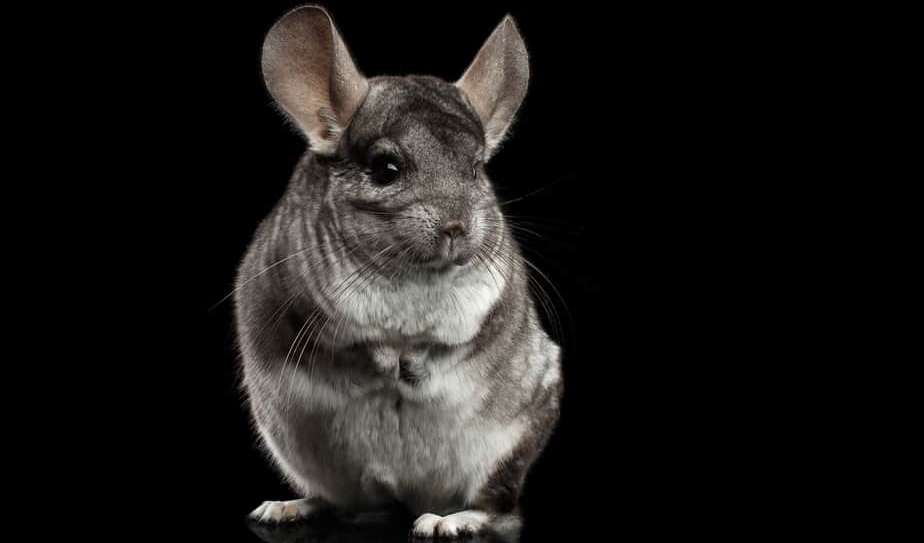
But, as mentioned, they are most active during dusk and dawn.
Most of the time, the active periods of the day for an animal are related to the times in the wild that the animal needs to avoid being hunted, and when the animal has the most opportunity to hunt for their own survival and food needs.’
This is only looking at the chinchilla from the non-domesticated side of the table.
When it comes to the chinchilla being a domesticated pet, the crepuscular behavior won’t be as noticeable. And it’s entirely possible to get your chinchilla active and playing during your regular schedule.
Before diving into those specifics, let’s cover the primary differences between crepuscular, nocturnal, diurnal, and matutinal.
Nocturnal, Diurnal, Matutinal And Crepuscular Animals
To eliminate all confusion, I wanted to give you a quick breakdown of the differences between the 4 most common classifications you will find with common animals and rodents. They are:
- Nocturnal: indicates that an animal is most active at night or after sunset.
- Diurnal: the opposite of nocturnal, i.e. takes place during the day.
- Matutinal: indicates that peak active hours occur in the morning.
- Crepuscular: indicates that peak active hours occur at dusk and dawn, so the early morning and evening.
Crepuscular and nocturnal can sometimes be flipped and confused, primarily because other rodents are classified as nocturnal.
But if you plan to adopt a chinchilla soon, it’s essential to understand the differences.
What Do Chinchillas Do During Peak Activity Hours?
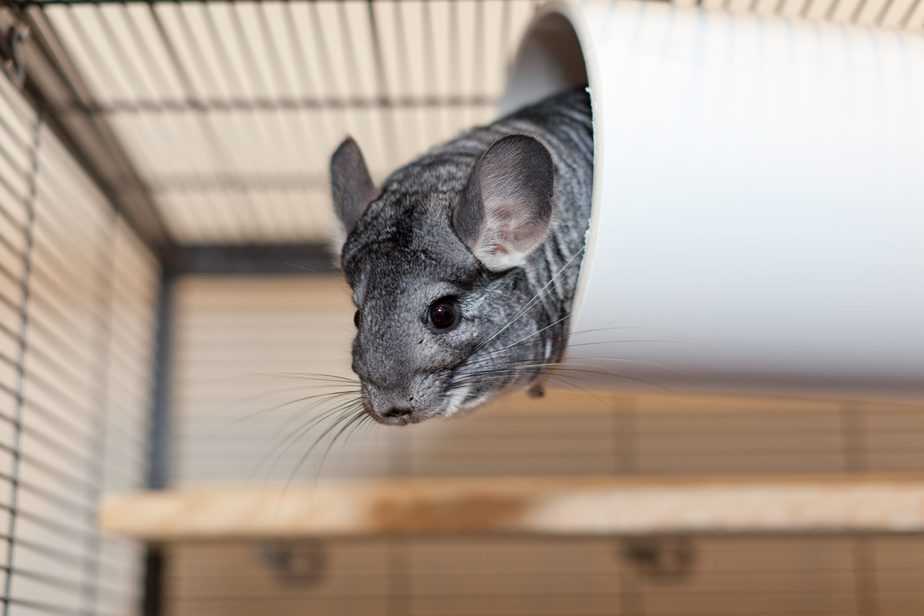
Okay, now that we know that chinchillas typically like to get more active and crazier at dusk and dawn, you may be wondering what this entails for you.
For the most part, you aren’t going to notice much of a difference.
That said, it is not a good idea to keep your chinchilla in the same room where you sleep. This is primarily due to them hopping and climbing around their cage during these odd hours.
Unless you don’t like sleep or need a new substitute for your alarm clock, keeping your chinchilla in the same bedroom as you is usually a bad idea.
This is also why you won’t really notice much of the additional activity taking place.
For me, it’s something that never even comes to mind. This is mainly because my chinchilla has adjusted to our own personal routine.
She still gets excited when I come down to her room to sweep and clean out her cage. She also knows that this means it’s time to come out and play for a few minutes each day.
The point here is simple.
Although chinchillas are crepuscular and will be active during those 2 peak times per day, they still adjust and get excited to interact during other times of the day.
If you build this routine with them, a chinchilla being crepuscular will not be something that even crosses your mind during your time owning one.
Understanding Sleeping Patterns And Behaviors
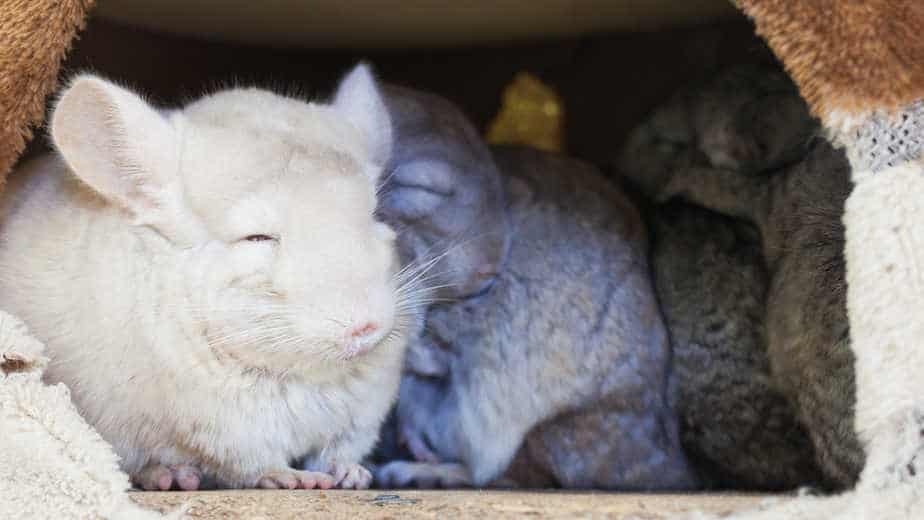
Now that you know a chinchilla is crepuscular, it’s essential to understand what this looks like and what behaviors you can expect.
To get you started, you can view my post about how chinchillas sleep here. It’s going to break down the time frames of when chinchillas typically sleep and how they do it.
When a chinchilla is not out and socializing with you, it will spend most of the time inside of its cage, playing with the accessories you have provided it.
This includes the much-needed nesting box, hammocks, and other tunnels and toys.
During the crepuscular peak activity times (dusk and dawn), your chinchilla may be out jumping around inside of its cage and enjoying the chew items and other toys you have provided.
Outside of this, your chinchilla is going to be hanging out and taking nice long naps during the middle of the day. You’ll notice regular breathing, but no other movement. But they can get quite active and noisy at night.
Here is how you can accommodate your pet accordingly.
Accommodating Your Chinchilla Accordingly
The next most important thing to understand about chinchillas is that you do need to accommodate their natural personalities.
Although they will be active at those two times of the day, I assure you that they still get plenty active during other times of the day as well.
Ensuring that you provide a large enough cage and plenty of accessories inside of the cage is imperative.
This keeps them occupied and mentally stimulated.
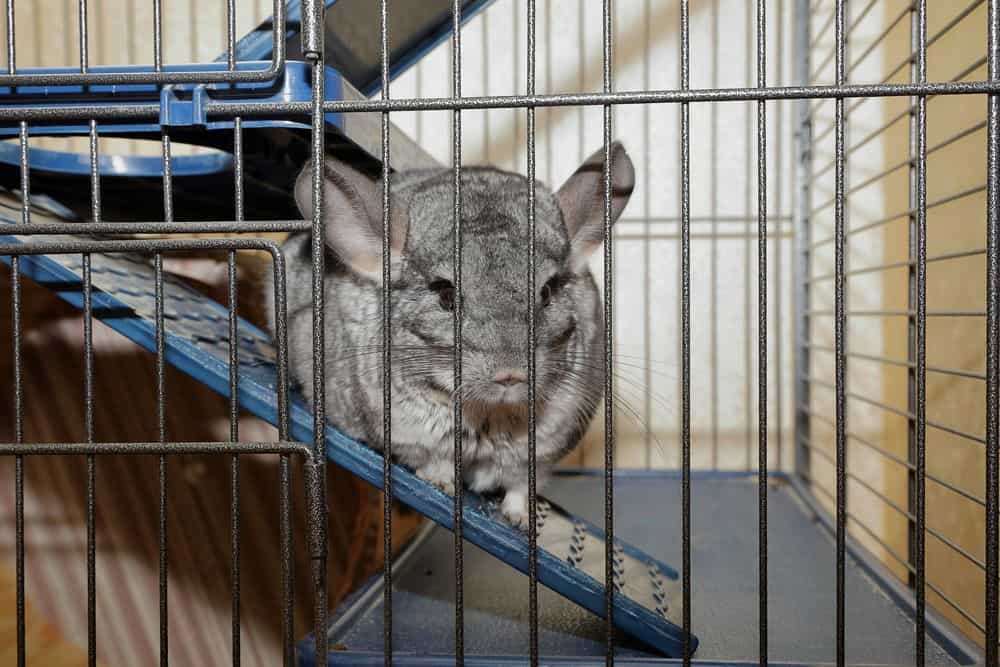
A chinchilla with nothing to do inside of the cage when not interacting with you can suffer from depression and can become a bit more chewy or destructive.
Ensure you have one of the better chinchilla cages and that you provide plenty of ledges, tunnels, and items that are safe for your chinchilla to chew on during the hours that you can’t interact with it.
Doing so promotes healthy activities and allows your chinchilla to behave as it is intended to.
Don’t Ignore Playtime With Chinchillas
The last topic I want to discuss in today’s post involves you doing as much socializing as possible with your chinchilla.
You don’t have to get your chinchilla out of the cage during the crepuscular hours that we discussed previously.
Trust me, whenever you have time to let it out, it will enjoy it, regardless of the time of day.
My chinchilla took a few days to adjust, but it wasn’t long until she understood the routine and is ready to come out and show some love regardless of what time of the day it may be.
Chinchilla Nocturnal: Final Thoughts
Your chinchilla is crepuscular, not nocturnal. But this has little to no impact on you as the owner, unless you mistakenly place the chinchilla cage in the same room where you sleep.
Afford your chinchilla plenty of items to play with for hours.
Interact with it and ensure you socialize with your chinchilla as much as possible, and you will be in great shape.
Chili and I wish you the best of luck with your new chinchilla.
Share your thoughts.
What times of the day do you prefer to interact with your chinchilla?
What else can you share on this topic for the readers?
Be sure to share your thoughts, stories, and concerns by dropping a comment below.
As always, Chili and I appreciate you stopping by and reading. Thanks again, and we will catch you next time.
Leave a Reply